Hawker Siddeley Nimrod MR2 RAF Duke of Edinburgh
Production Time 9 to 10 weeks
Shipment is by FedEx, UPS or DHL International Express Courier with a normal door-to-door delivery time worldwide of within 2-3 business days after dispatch. Due to the current volatility of world fuel prices, the amount mentioned here is our best estimate for DHL and UPS and may be subject to change at the time of shipping.

Model Description: Hawker Siddeley Nimrod MR2 RAF Duke of Edinburgh Wood Replica Scale Custom Model Aircraft
Manufacturer: Hawker Siddeley
Wingspan: 17 Inches (43.2 Centimeters)
Height: 4.2 Inches (10.7 Centimeters)
Scale: 1:89
$259.50
Production Time 9 to 10 weeks
-
United States dollar ($)
-
Pound sterling (£)
-
Euro (€)
-
Australian dollar ($)
-
Canadian dollar ($)
-
Singapore dollar ($)
-
Swiss franc (CHF)
-
Japanese yen (¥)
-
Danish krone (kr.)
-
Hong Kong dollar ($)
-
Norwegian krone (kr)
-
Swedish krona (kr)
-
United Arab Emirates dirham (د.إ)
General Product Description
Our PlaneArt Hawker Siddeley Nimrod MR2 RAF Duke of Edinburgh model exhibits unique, unrivaled quality and detailed design to come as close as possible to the accuracy of the actual plane. It comes as standard with a robust, durable base or stand which is available in a variety of different finishes designed to match your own personal requirements including solid wood, wood with polished metal supports or adjustable wood wall mount and will be ready within about 9-10 weeks from placement of order.
The Hawker Siddeley Nimrod MR2 RAF Duke of Edinburgh model is made of the finest kiln dried renewable mahogany wood (commonly known as Lauan or Meranti) which has undergone many stages of carving and meticulous and careful sanding giving the beautiful, finished museum quality masterpiece. Many collectors and model connoisseurs demonstrate their preference for genuine handmade and hand painted mahogany wood models rather than plastic or die cast (diecast) alternatives due to the overall look and totally different feel of the item - we trust you will find the same. We can however, if required produce the same model in Solid Cast Resin so just click and contact us for further information. Our craftsmen and gifted artisans ensure that our finely handcrafted model airplanes match the precise blueprint details of the original aircraft. The paint scheme, markings and parts are closely matched, reflecting the original aircraft. This stylish top-quality desktop replica model will surely enthrall anyone who receives this as a gift and for sure one of the most appropriate and desirably collectable gifts for any aviation enthusiast or avid military jet aircraft collector whilst also displaying a perfect resemblance to the actual real life version.
There are many types of military jet aircraft, but the basic types are bombers, fighters, fighter bombers, spotter planes, transporters, patrol aircraft, trainers, and reconnaissance and observation aircraft. All these types of aircraft are used for different types of missions. If you're a fan of historic or present-day military aviation, our model aircraft will bring the excitement and character of these aircraft right into your own home.
If you require, we can also make the Hawker Siddeley Nimrod MR2 RAF Duke of Edinburgh model in any other military, government or even private livery or colour scheme you require and if necessary, in a different size or scale. Just click here to contact us with a description or photographs of what you require, and we will let you have a quotation for the necessary customization by return email. We can also make bespoke scale replicas of any other private / civil commercial airliner or airliners, helicopter, glider, gliders with engines, military propeller, warplane jets, biplane, triplane, tail fin, spacecraft, rocket or NASA model you require in any airline, military or civilian livery or colors. We also produce model airships, blimps, dirigibles, blimps, boats, and ship collectibles. Wall plaque or seal for military, government or private customers. Again, by clicking here to contact us just let us know exactly what you need.
The Hawker Siddeley Nimrod MR2: RAF Duke of Edinburgh
The Hawker Siddeley Nimrod MR2 is a maritime patrol aircraft and a significant component of the Royal Air Force’s fleet, known for its intelligence, surveillance, and reconnaissance capabilities. The aircraft, which was a modification of the de Havilland Comet, the world’s first jet-powered airliner, played a critical role in the RAF’s operations, particularly in long-range maritime patrol and anti-submarine warfare. This article delves into the technical specifications and operational capabilities of the Nimrod MR2, specifically the RAF Duke of Edinburgh.
Development and Overview
The Nimrod fleet was developed in the 1960s to replace the aging Avro Shackletons. The Nimrod MR1 first flew on May 23, 1967, and entered service in 1969. The MR2 variant, which is the focus of this article, was an upgraded version that featured improvements in both its avionic and combat systems. The upgrade from MR1 to MR2 started in the late 1970s and saw significant enhancements over its predecessor.
Technical Specifications:
- Airframe and Design: The Nimrod MR2 maintained the basic airframe of its predecessor, the de Havilland Comet, featuring four turbojet engines. However, it included numerous modifications tailored to its role as a maritime patrol and anti-submarine warfare aircraft.
- Engines: Powered by four Rolls-Royce Spey turbofan engines, which were more efficient and powerful compared to the original Comet engines. These engines provided a significant improvement in range and endurance, crucial for extended maritime patrols.
- Dimensions: The aircraft had a wingspan of 35 meters, a length of 38.63 meters, and a height of 9.14 meters.
- Weight: The maximum takeoff weight was approximately 87,000 kilograms, allowing it to carry a substantial payload of fuel, crew, and equipment.
- Performance: The MR2 could reach a top speed of about 575 mph (925 km/h), with a range of over 6,000 miles (9,656 kilometers), enabling non-stop flights across vast maritime areas.
- Avionics and Sensors: Equipped with sophisticated radar, sonar, and magnetic anomaly detection equipment, the Nimrod MR2 could detect and track surface ships and submarines. The upgrade included modern electronic support measures (ESM) systems, which enhanced its surveillance capabilities.
- Armament: Capable of carrying a variety of weapons, including torpedoes, anti-ship missiles, and depth charges. This made the Nimrod MR2 a formidable platform for anti-submarine and anti-surface warfare.
- Crew and Equipment: The aircraft was typically crewed by up to 12 personnel, including pilots, navigators, engineers, and operators for the various electronic systems.
Role in Operations:
The Nimrod MR2 was primarily deployed in maritime patrol, anti-submarine warfare, and search and rescue missions. Its ability to carry out extended patrols over the North Atlantic and other critical areas was vital during the Cold War era, contributing to NATO’s maritime security efforts.
The RAF Duke of Edinburgh:
One notable aircraft in the Nimrod MR2 fleet was the RAF Duke of Edinburgh. This aircraft, like its siblings, participated in various key operations, both in peacetime and conflict situations, including monitoring naval activity and participating in multinational exercises.
Conclusion:
The Hawker Siddeley Nimrod MR2 was an essential asset to the Royal Air Force, combining advanced technology with versatility and endurance. The RAF Duke of Edinburgh represented a significant chapter in the UK’s aerial maritime patrol capabilities, showcasing the effectiveness of upgrading existing platforms to meet evolving military needs. Even after its retirement, the legacy of the Nimrod MR2 continues to influence maritime patrol strategies and technologies.
| Weight | 6 kg |
|---|---|
| Dimensions | 17 × 17 × 4.2 in |
Be the first to review “Hawker Siddeley Nimrod MR2 RAF Duke of Edinburgh” Cancel reply
Similar Models
Helicopters
Military Airplanes - Propeller
Military Airplanes - Propeller
Military Airplanes - Propeller
Private & Civilian
Private & Civilian
Military Airplanes - Propeller
Military Airplanes - Propeller
Military Airplanes - Propeller
Military Airplanes - Propeller
Military Airplanes - Propeller
Military Airplanes - Propeller
Military Airplanes - Propeller
Military Airplanes - Propeller
Boats, Ships & Submarines
Boats, Ships & Submarines
Military Airplanes - Propeller
Military Airplanes - Propeller
Military Airplanes - Propeller
Military Airplanes - Jet
Military Airplanes - Jet
Military Airplanes - Jet
Military Airplanes - Jet
Military Airplanes - Propeller
Military Airplanes - Propeller
Military Airplanes - Jet
Military Airplanes - Jet
Military Airplanes - Jet
Military Airplanes - Jet
Military Airplanes - Propeller
Military Airplanes - Jet
Military Airplanes - Propeller
Military Airplanes - Propeller
Private & Civilian
Military Airplanes - Propeller
Military Airplanes - Propeller
Private & Civilian
Israel Aircraft Industries IAI-1124 Westwind TNT Air Couriers
Military Airplanes - Propeller
Military Airplanes - Jet
Military Airplanes - Jet
Military Airplanes - Jet
Military Airplanes - Propeller
Military Airplanes - Propeller
Military Airplanes - Jet
Military Airplanes - Jet
Military Airplanes - Jet
Military Airplanes - Jet
Military Airplanes - Propeller
Military Airplanes - Jet
Military Airplanes - Jet
Military Airplanes - Jet
Military Airplanes - Propeller
Military Airplanes - Propeller
Military Airplanes - Propeller
Military Airplanes - Propeller
Military Airplanes - Jet
Military Airplanes - Jet
Military Airplanes - Propeller
Military Airplanes - Jet
Private & Civilian
Military Airplanes - Jet
Military Airplanes - Propeller
Private & Civilian
Military Airplanes - Propeller
Military Airplanes - Jet
Military Airplanes - Propeller
Military Airplanes - Propeller
Military Airplanes - Propeller
Military Airplanes - Propeller
Military Airplanes - Propeller
Military Airplanes - Propeller
Military Airplanes - Jet
Military Airplanes - Jet
Private & Civilian
Military Airplanes - Jet
Military Airplanes - Jet
Helicopters
Helicopters
Helicopters
Military Airplanes - Propeller
Helicopters
Military Airplanes - Jet
Blackburn Buccaneer RAF 237 Operational Conversion Unit OCU Squadron
Military Airplanes - Propeller
Private & Civilian
Military Airplanes - Jet
Military Airplanes - Jet
BAe British Aerospace Hawk T.1 Mk.1 Royal Air Force RAF Red Arrows
Military Airplanes - Jet
Military Airplanes - Propeller
Military Airplanes - Propeller
Military Airplanes - Propeller
Military Airplanes - Propeller
Military Airplanes - Propeller
Military Airplanes - Propeller
Military Airplanes - Propeller
Military Airplanes - Propeller
Military Airplanes - Propeller
Private & Civilian
Private & Civilian
Helicopters
Private & Civilian

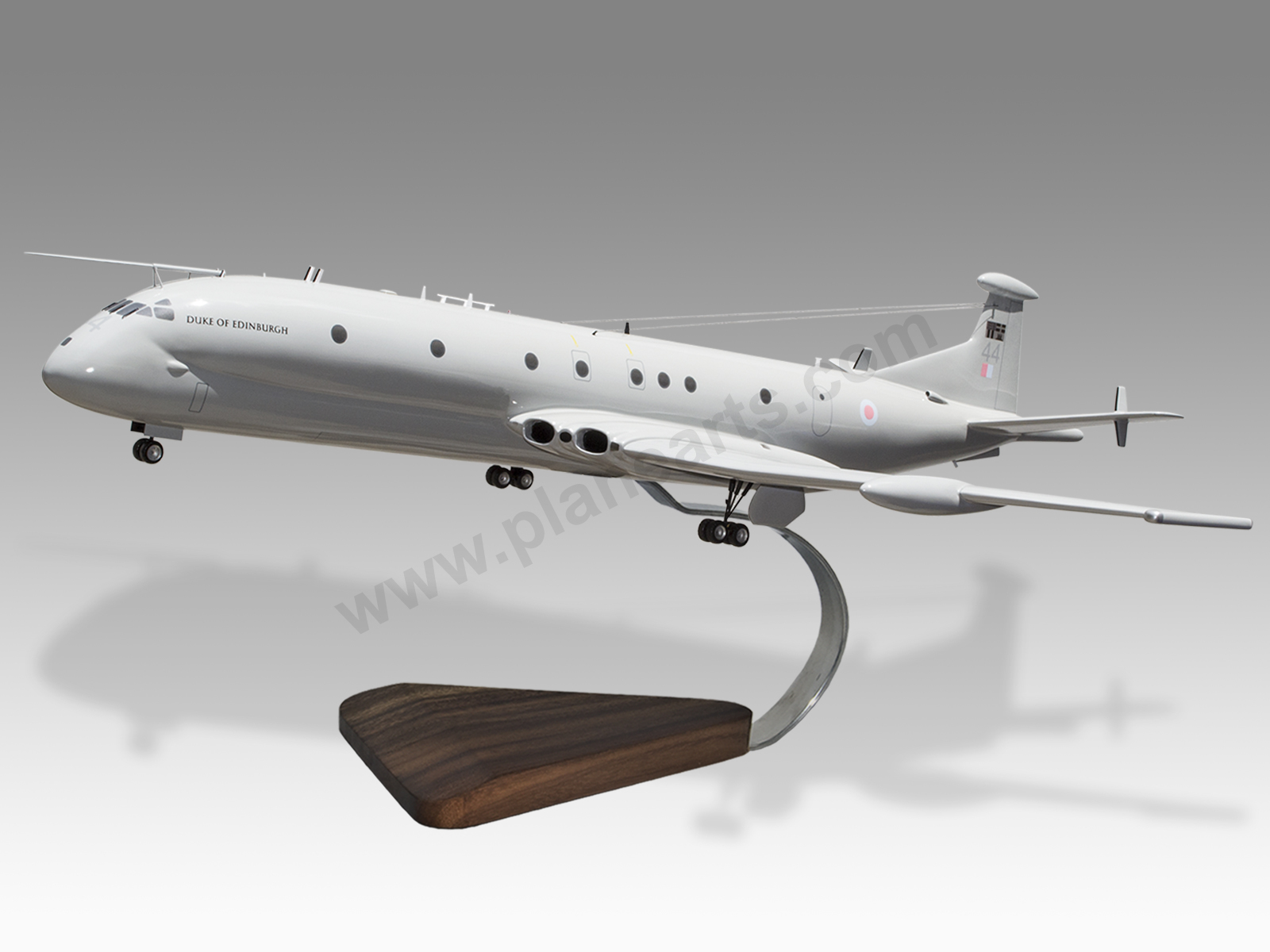
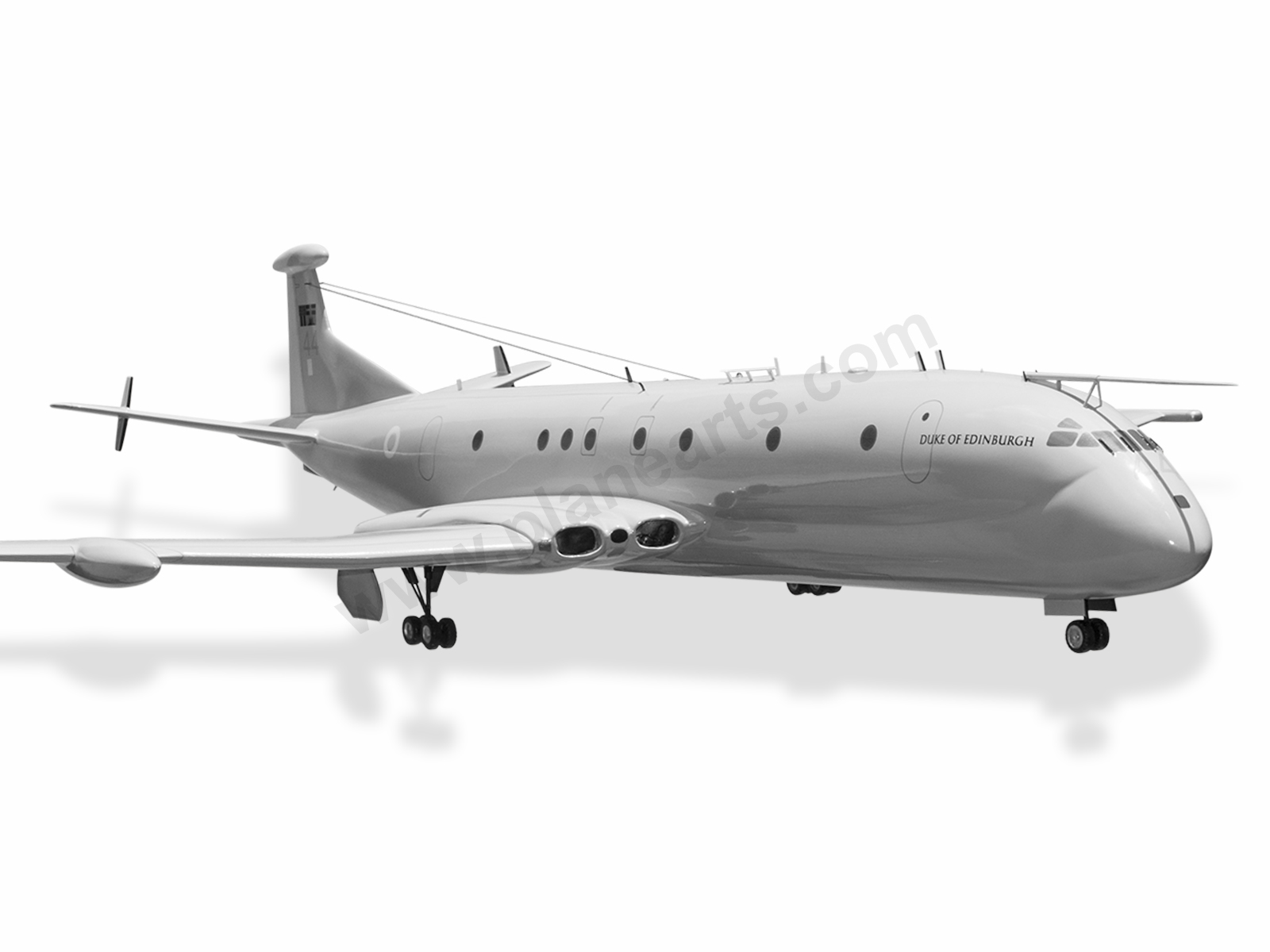
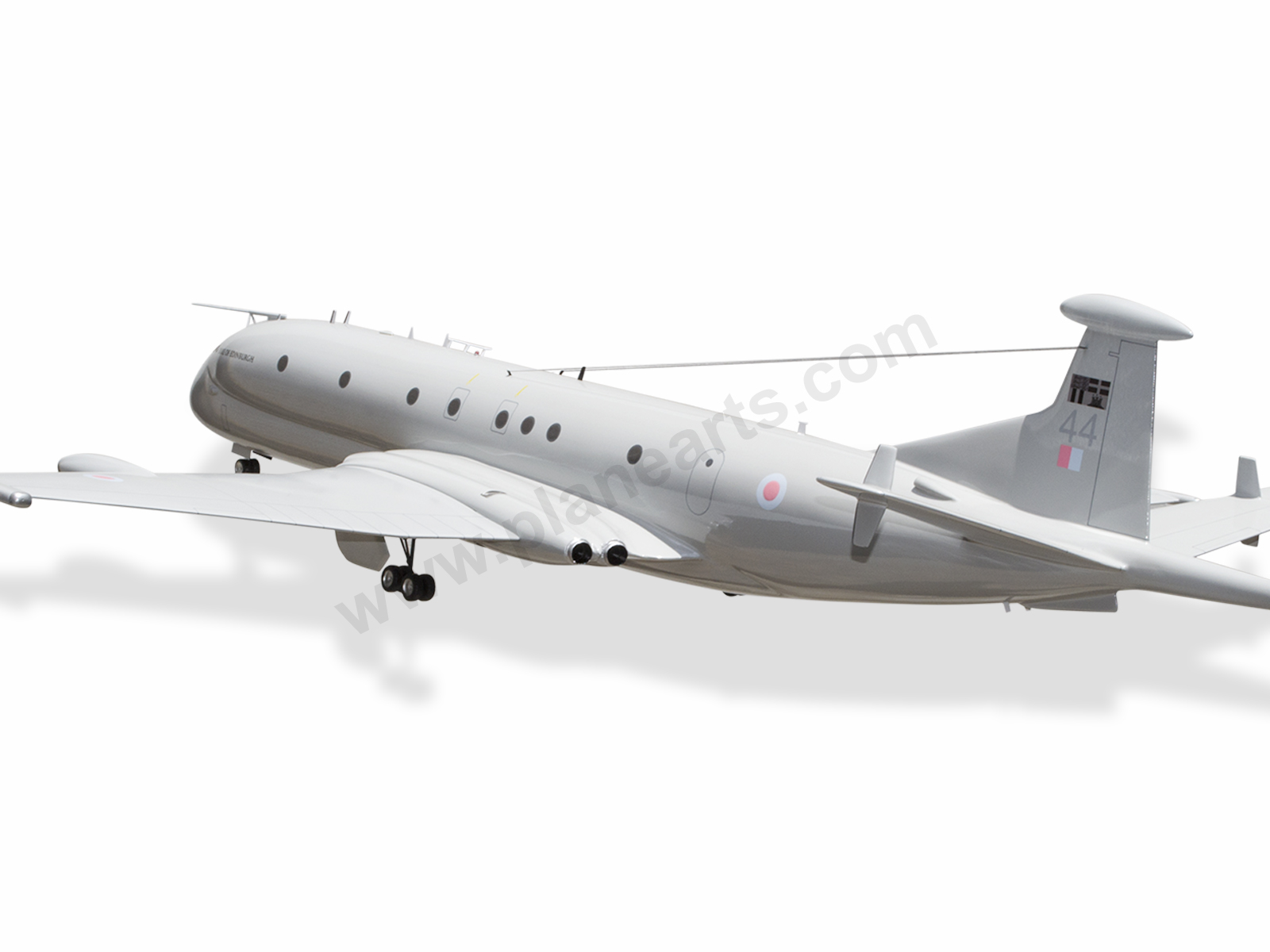


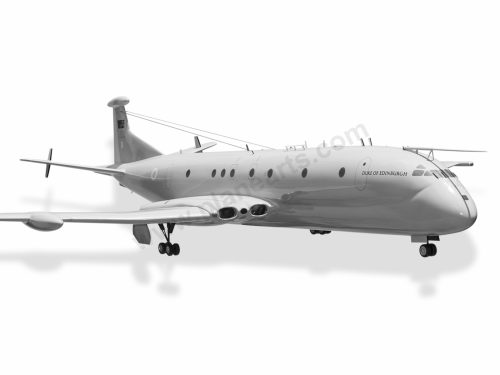
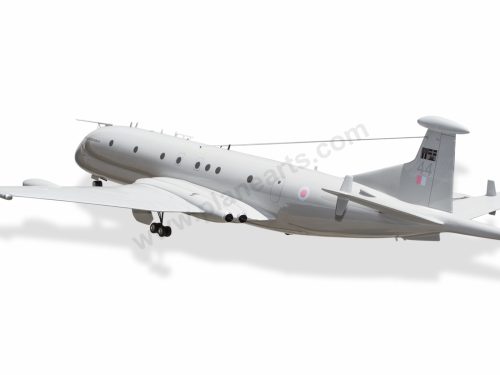
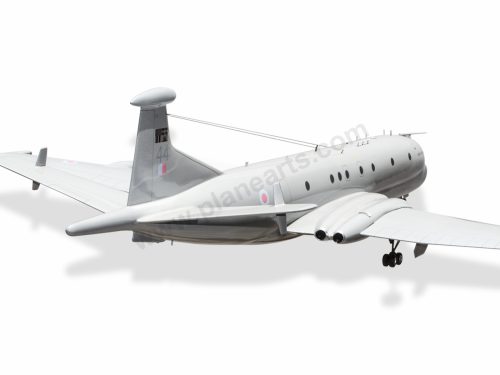
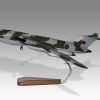

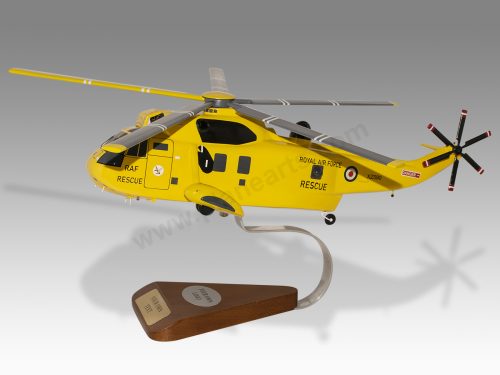
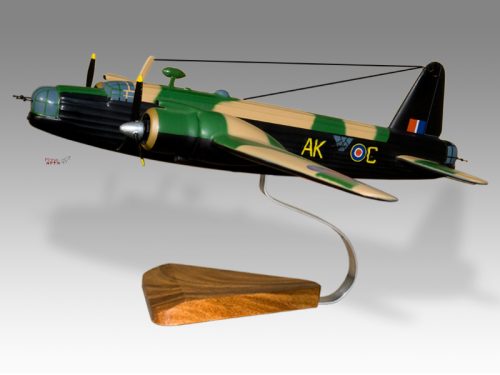

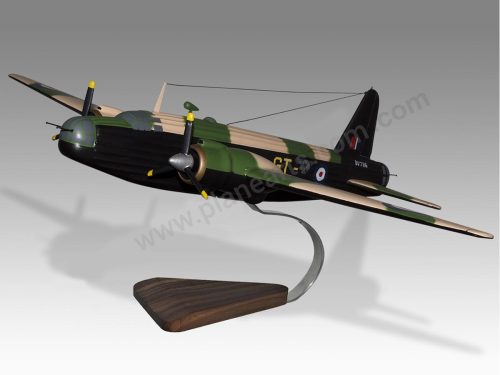

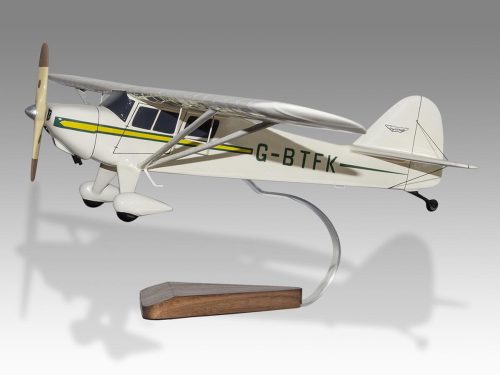
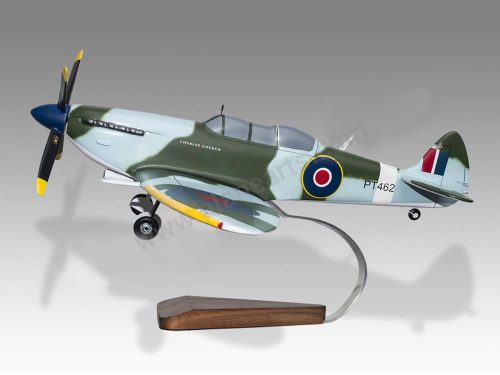
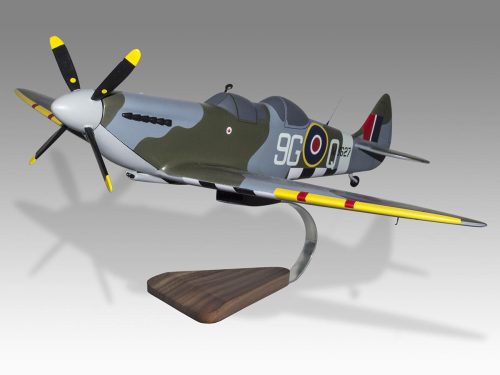
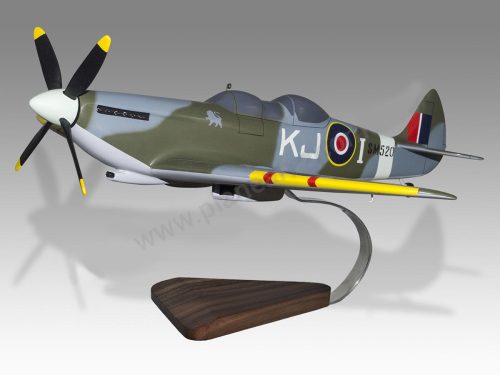
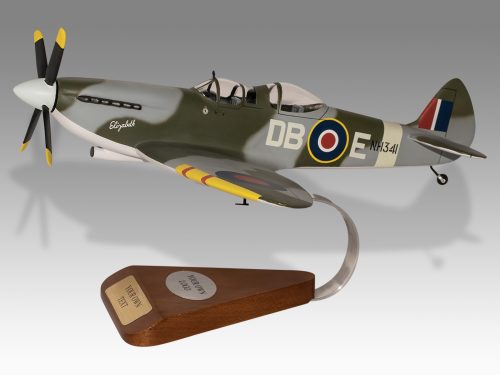
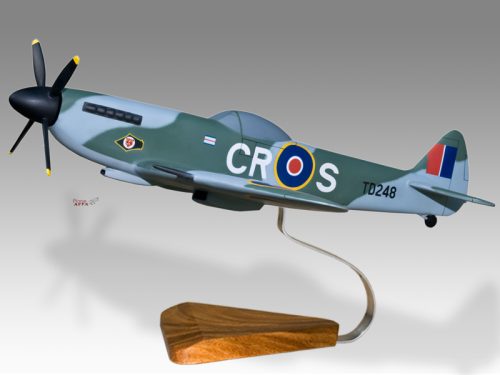
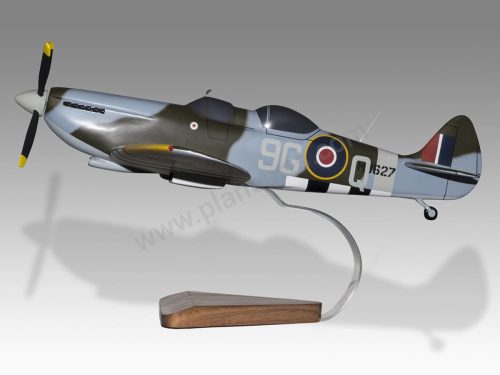
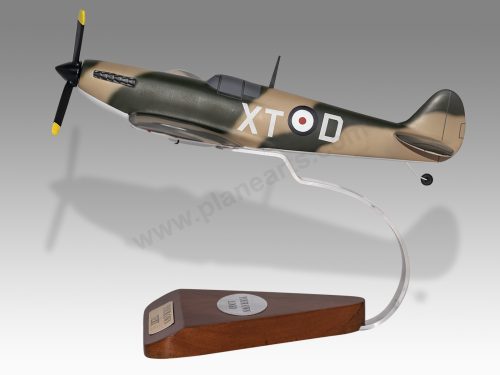
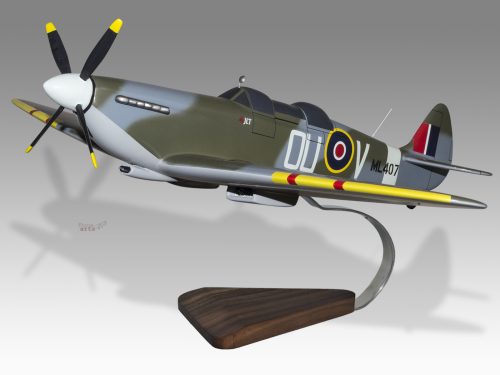




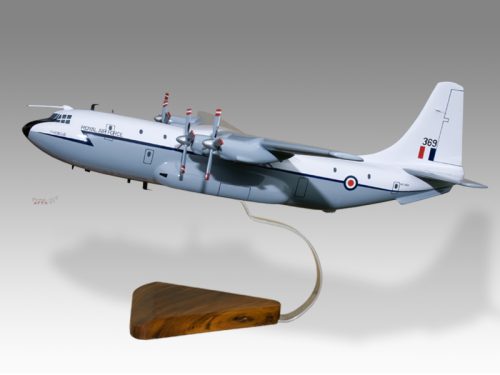

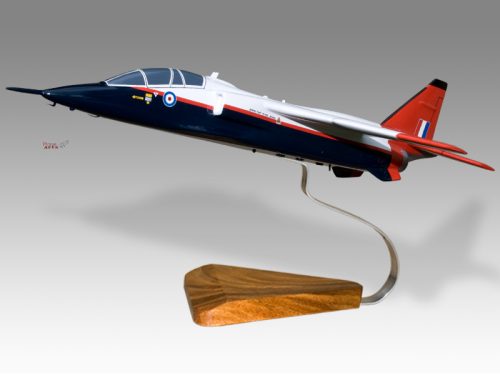
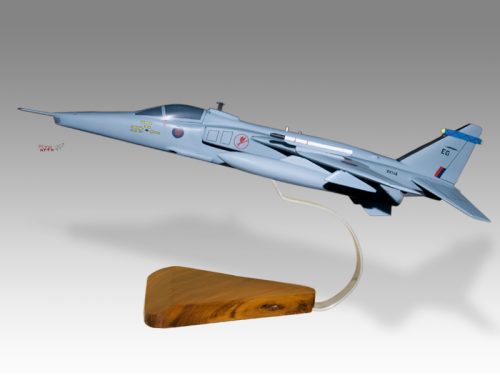
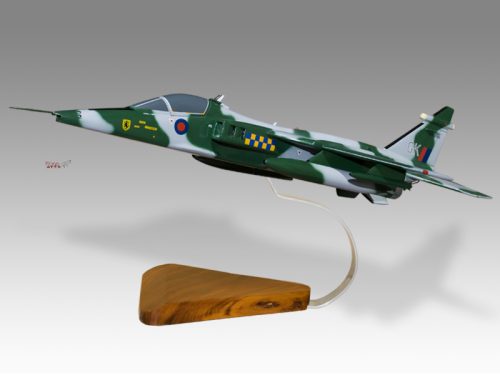
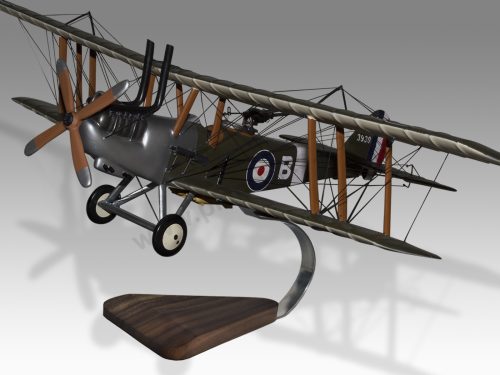
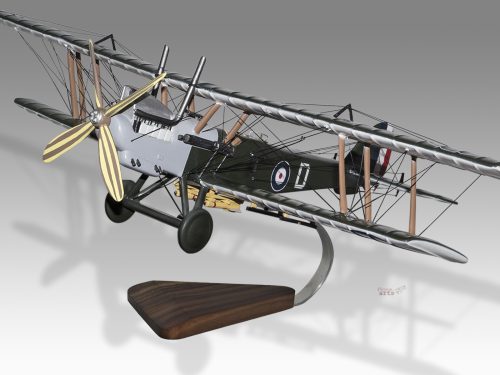
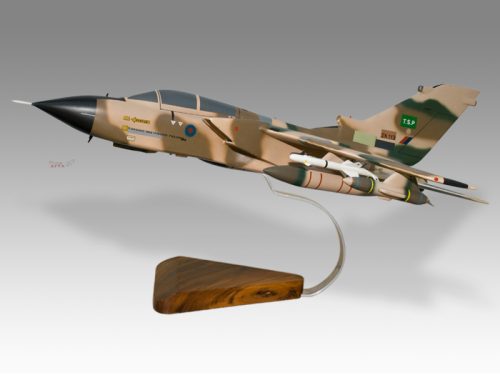
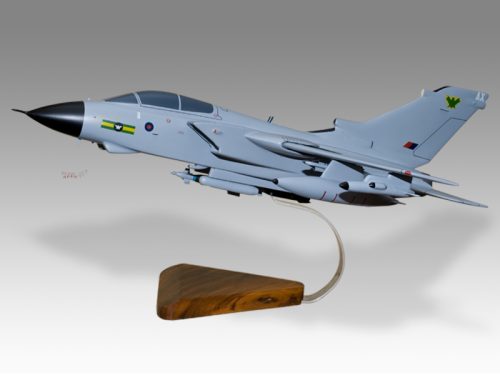
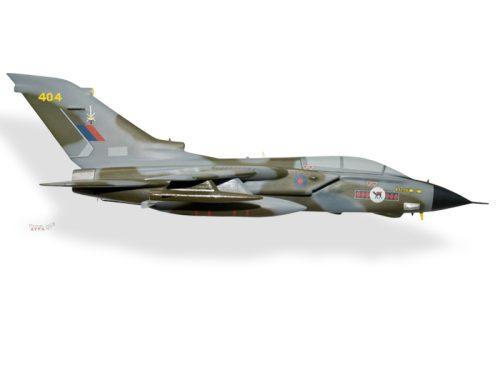
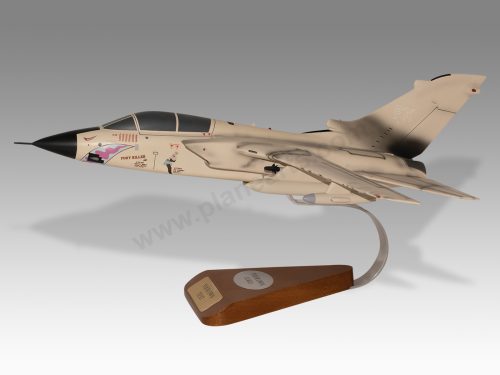
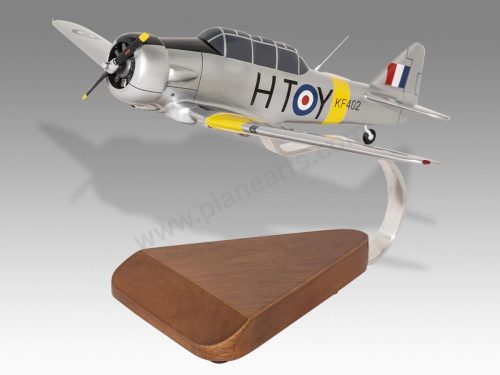

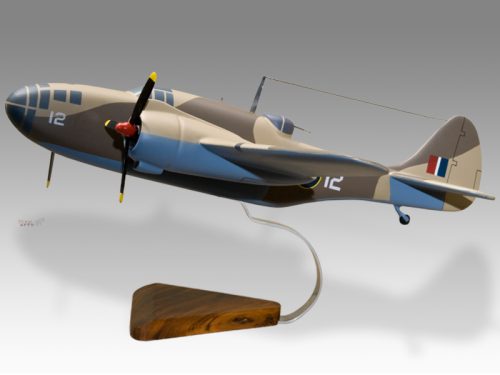
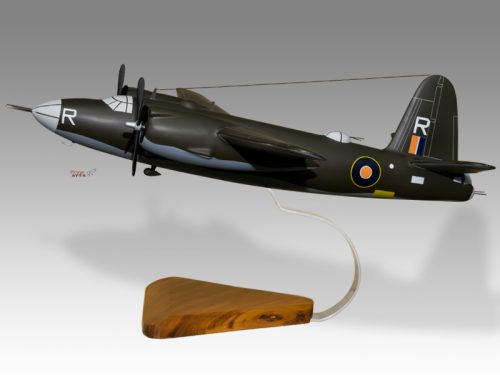

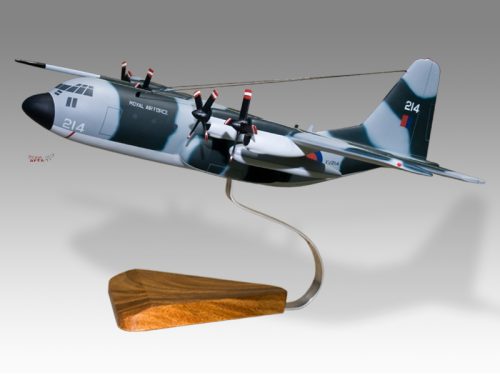



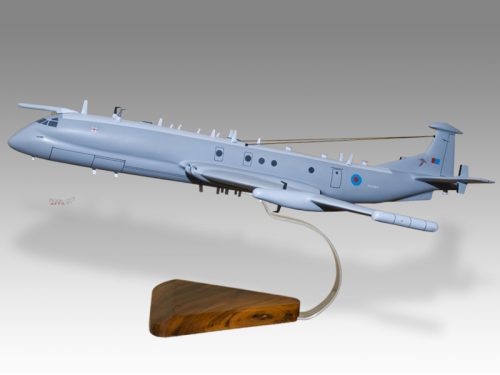
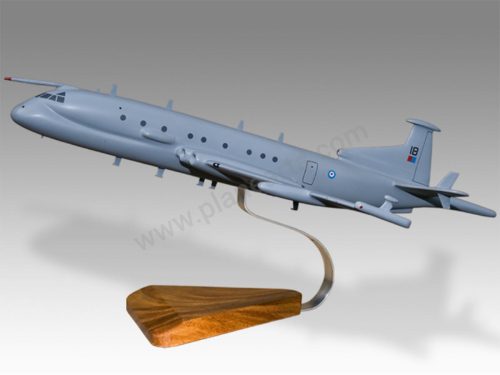

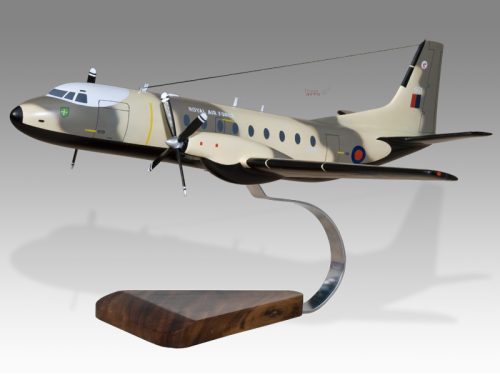


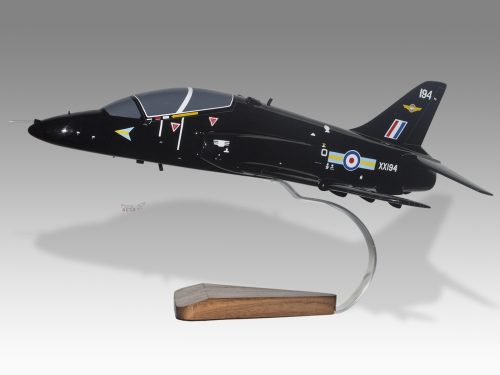
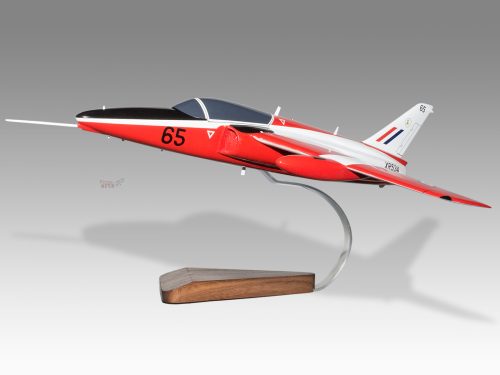
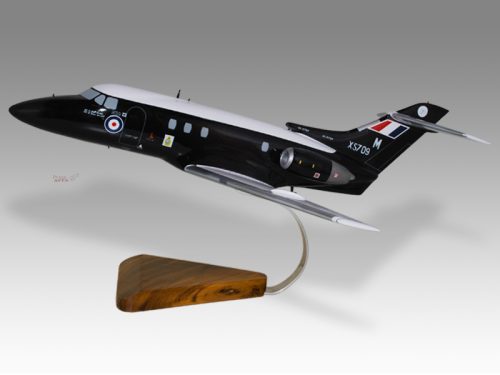
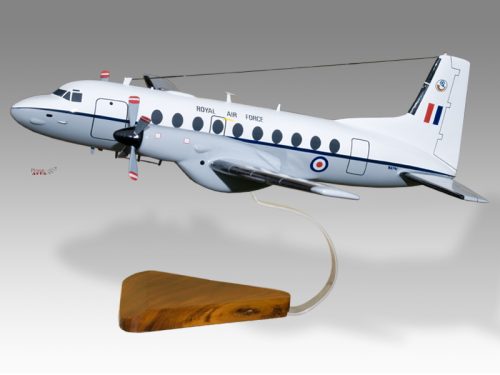
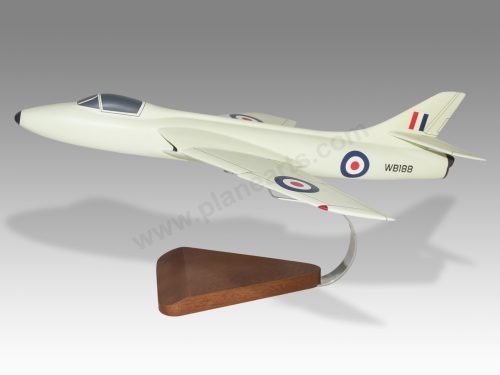
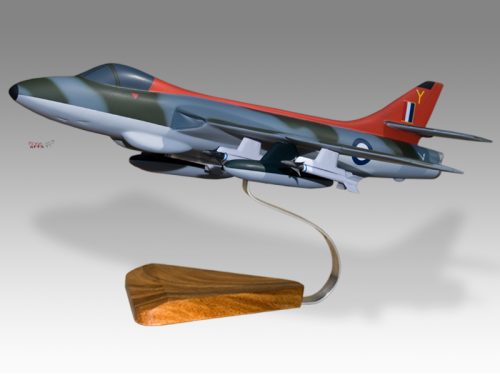

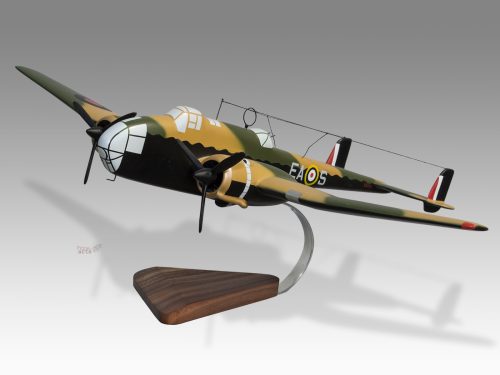

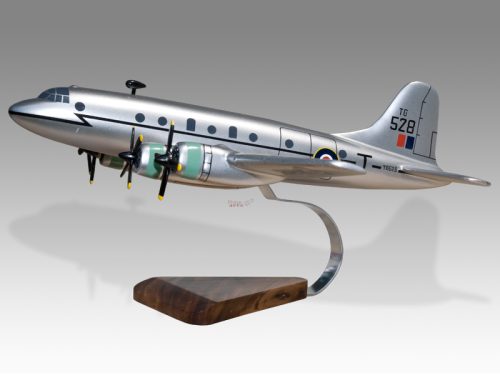
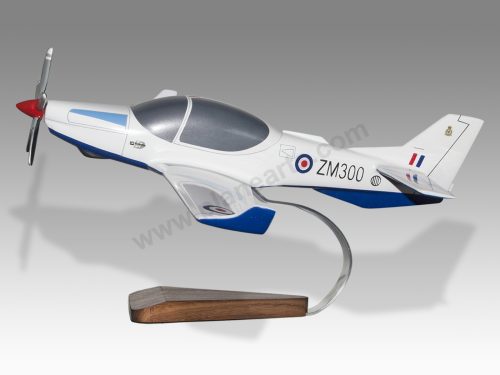

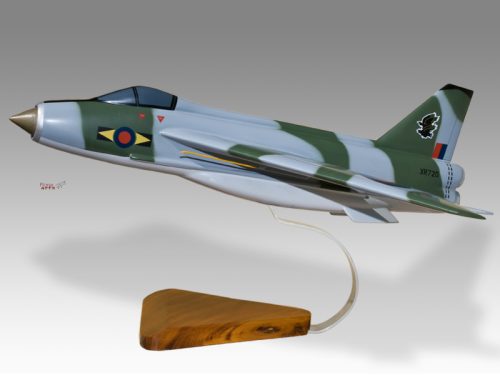


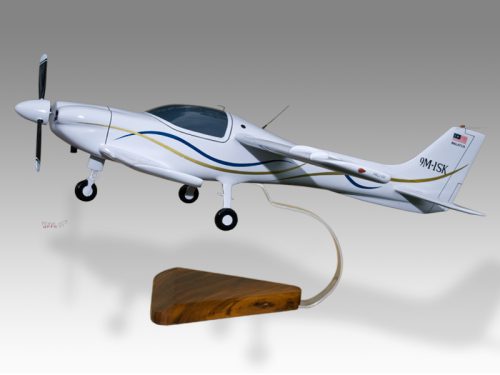
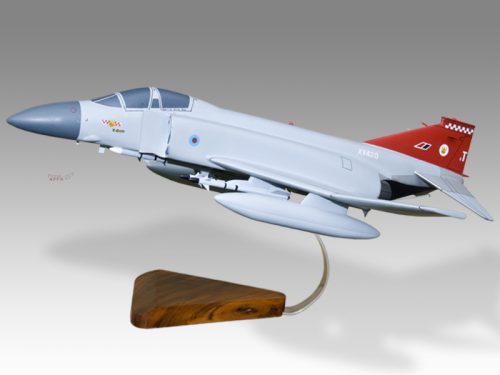
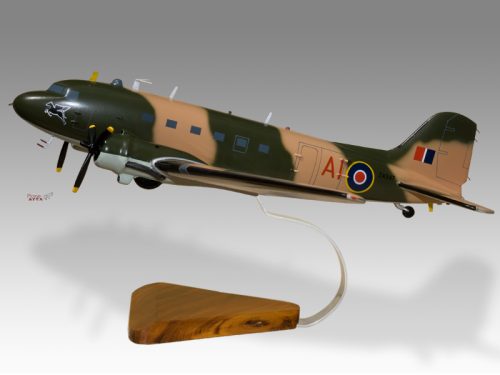

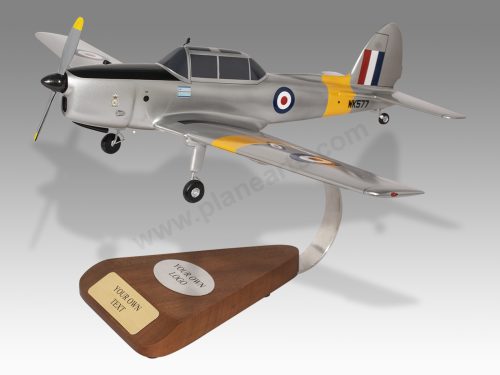
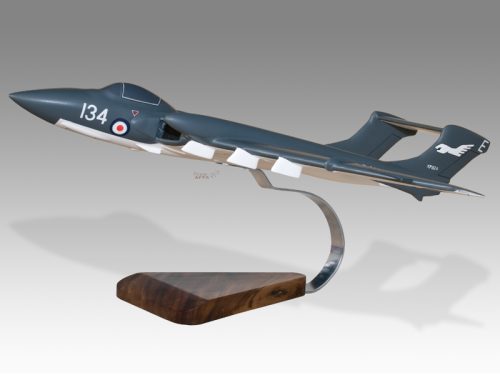
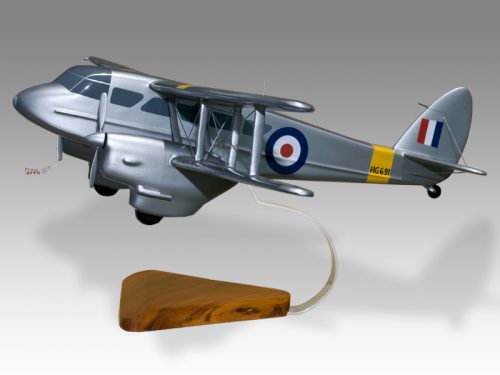
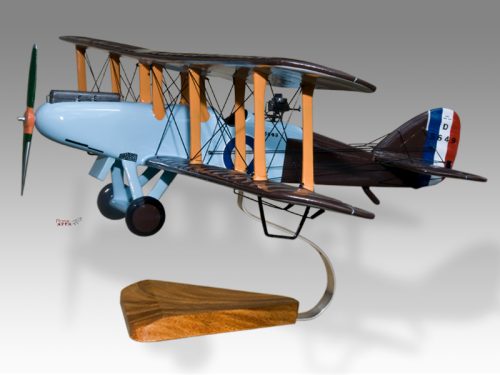
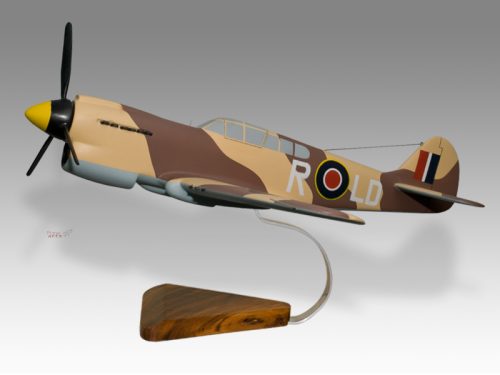

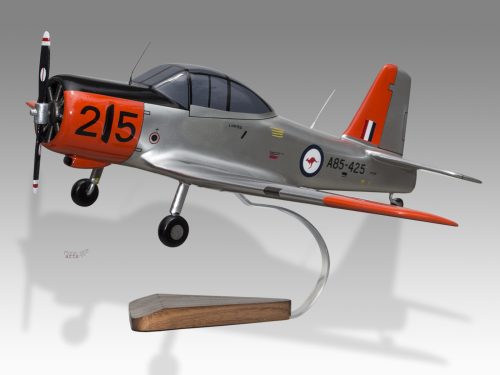

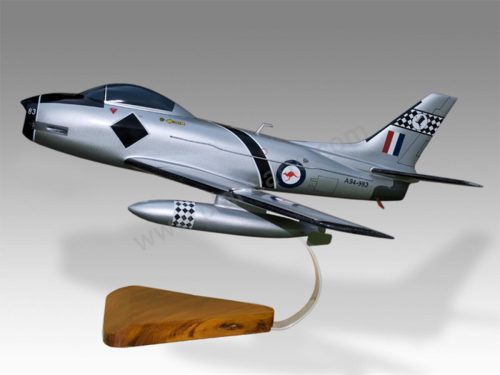
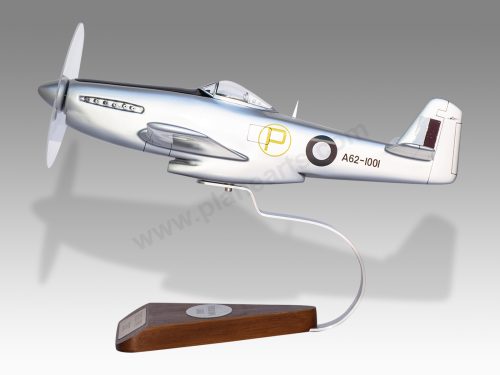
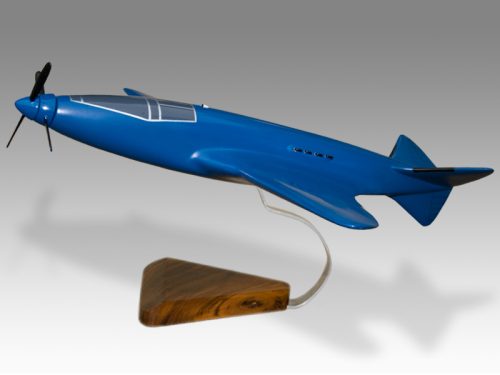
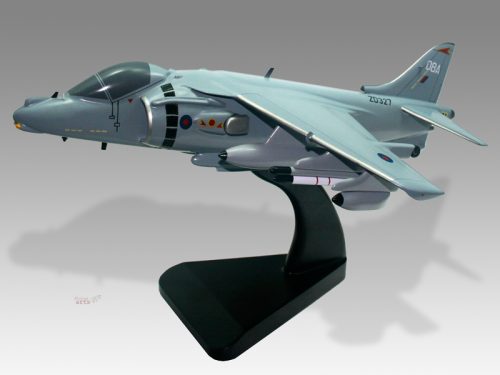
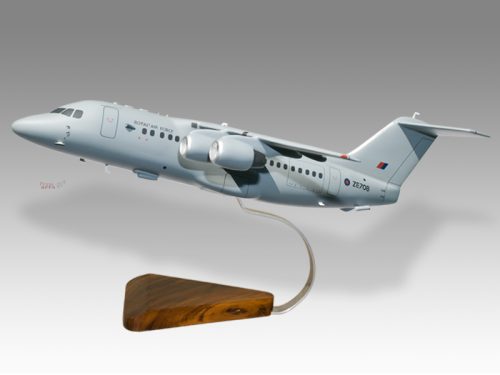

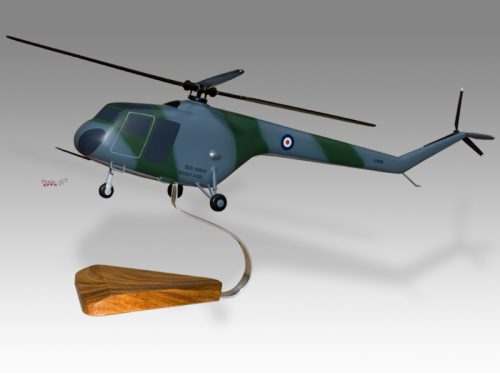
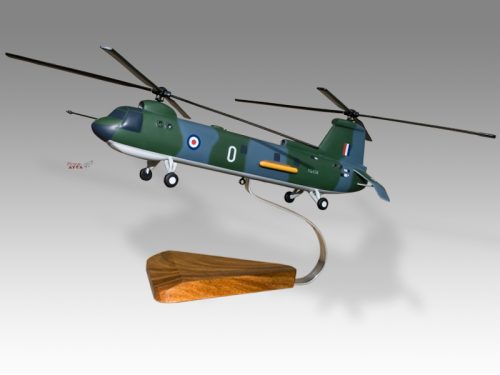

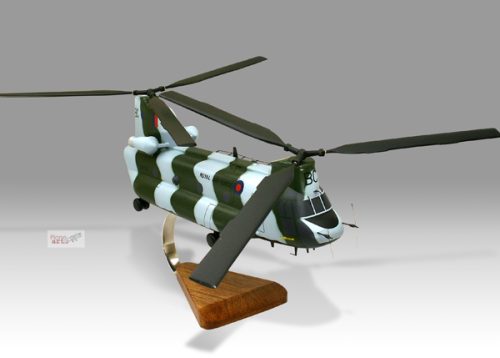
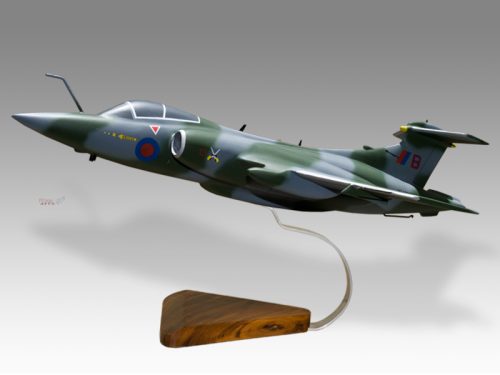
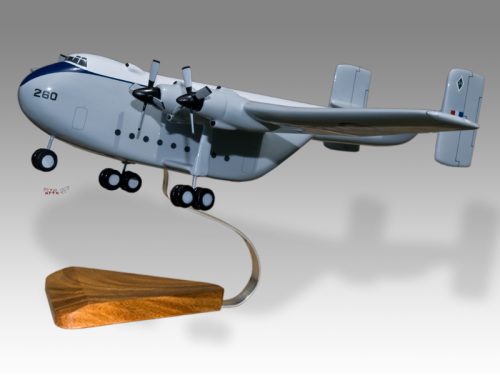
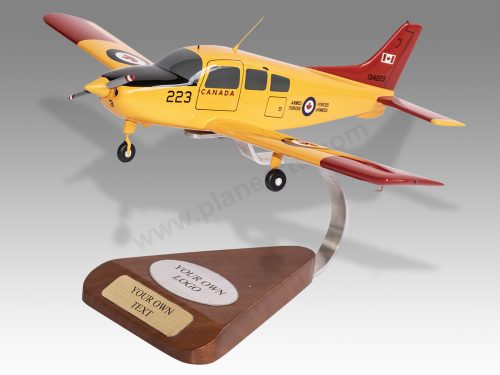
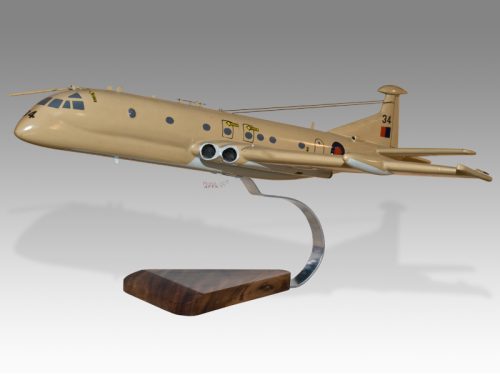

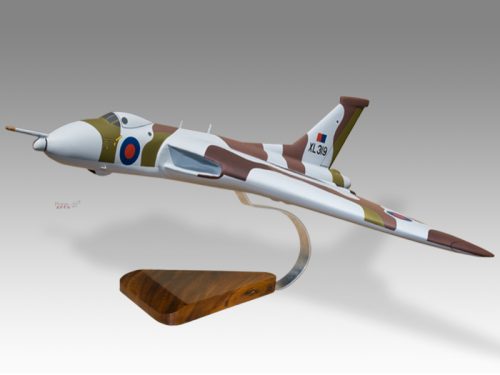
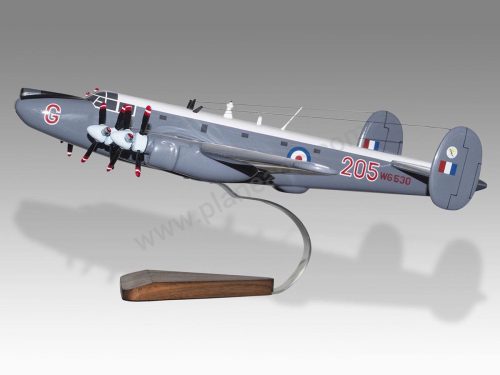

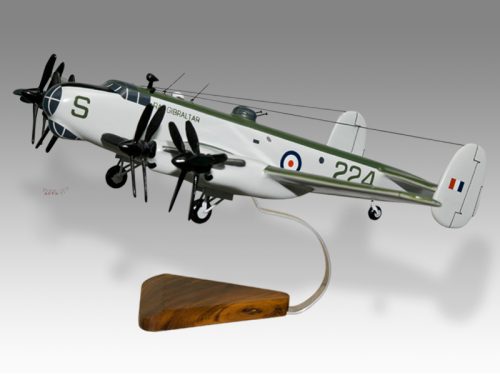
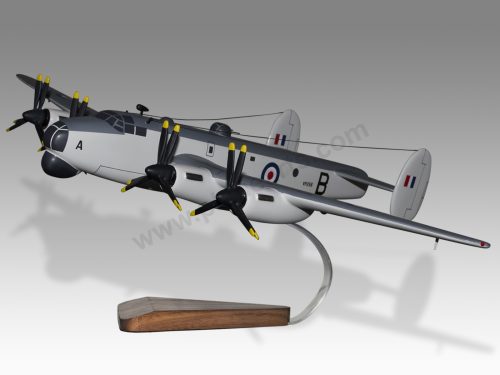
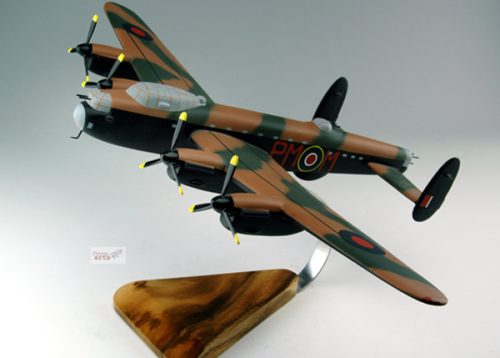
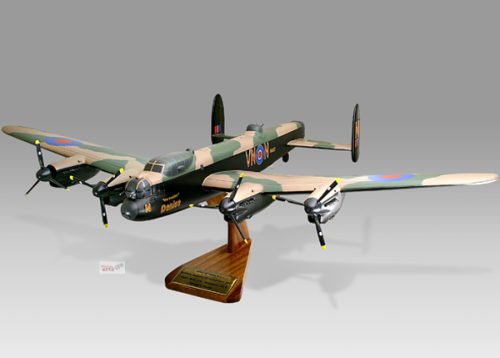
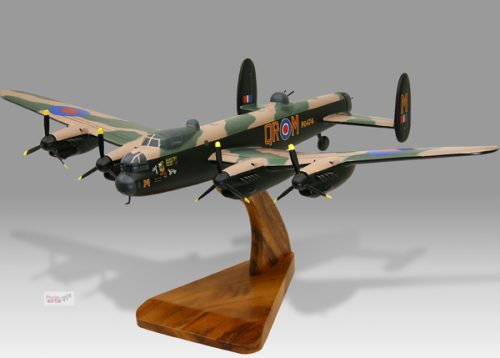


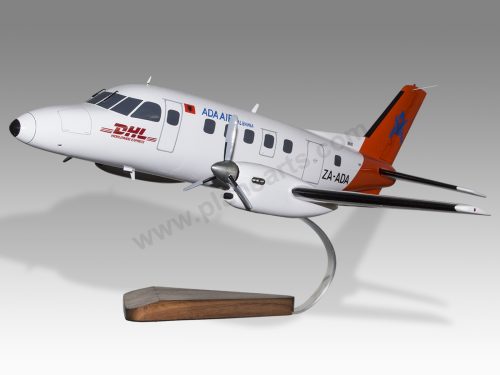

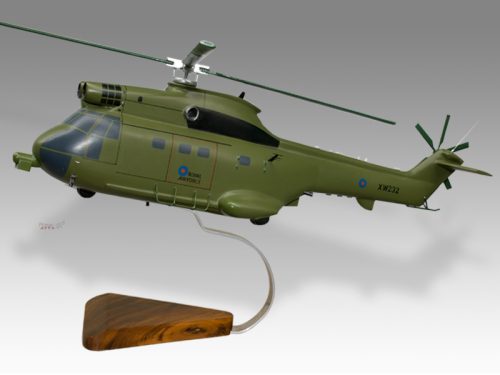

Reviews
There are no reviews yet.